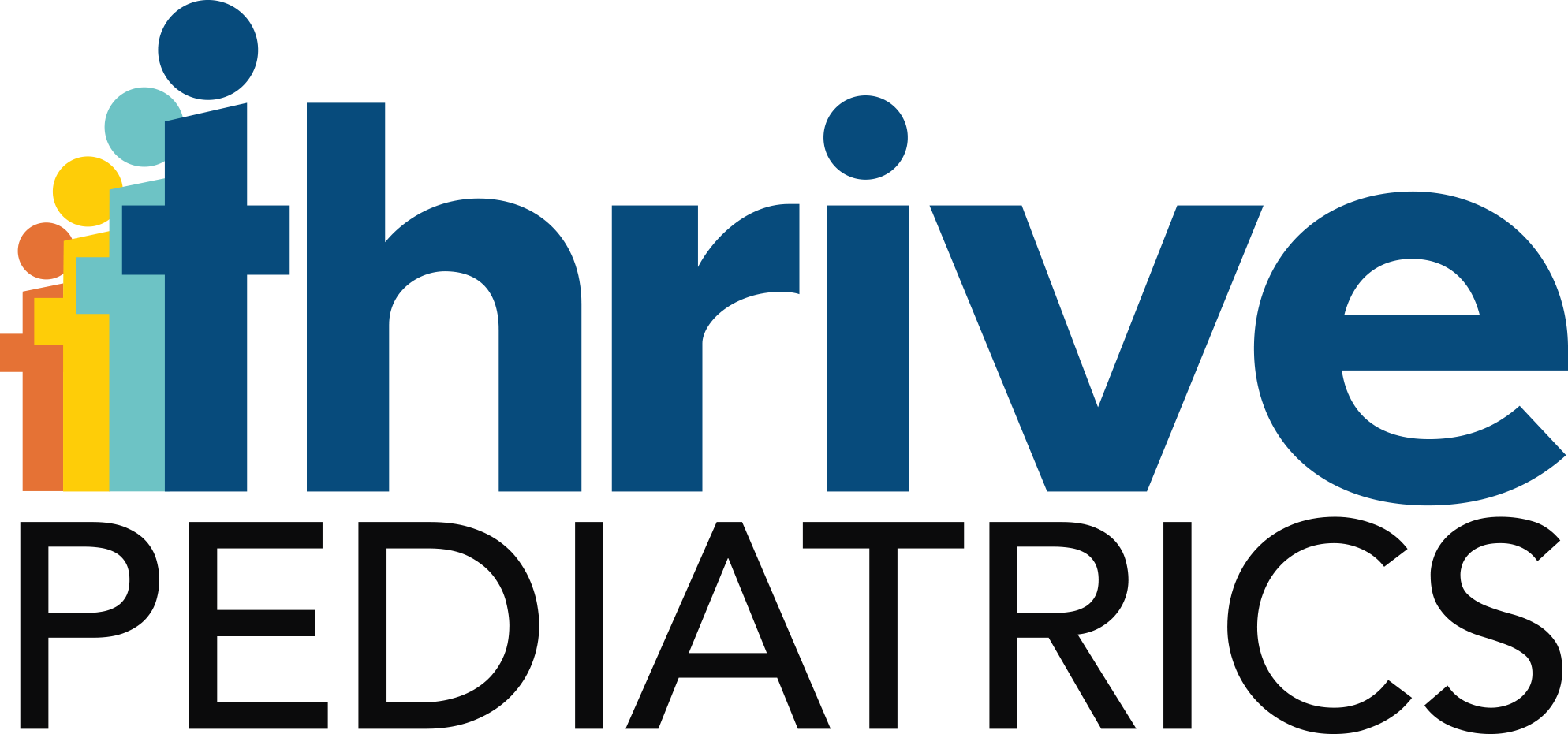Positional Plagiocephaly
As we focus on newborn care here at Thrive Pediatrics, it is important that we address head shape issues or as it is known by its scientific term, Positional Plagiocephaly. Positional Plagiocephaly refers to misshaped heads due to sleeping positions. “Plagio-” stems from the word plágios meaning “slanted” and the word “-cephaly” stems from kephalikos meaning “head.” According to some data, it is reported to occur in about 8 percent of infants. However, the majority of the time no specific treatment is needed because it resolves spontaneously.
Is my child at risk?

However, since this recommendation we have seen an increase in positional plagiocephaly simply because infants lack neck and shoulder muscle tone and have large/heavy heads in proportion to their bodies.

Head shape issues
Another risk factor is something call Torticollis. “Tortus-“ is latin for “crooked” and “-collum” is latin for “neck.” Sometimes infants’ neck muscles are tight and lead to a head tilt. This tilting can affect the head shape.
Finally, another risk factor includes prematurity simply because infants born premature are often born with a more oblong shaped head since they have less time to form a more round shaped head in the womb.
How is this treated?
Prevention is the first step. The most important preventative treatment is “Tummy Time.” This is an exercise you should do with your newborn during their awake times. On a somewhat harder surface, like a carpeted floor with a blanket, lay your baby on her tummy and let her work on that neck strength. You can also gently rotate her head to allow her to stretch and strengthen both sides of the neck. One can start Tummy Time as early as 2 weeks of age and should be done multiple times during your babies awake times of the day.
If your baby has Torticollis then we will refer you to a therapist to help teach you exercises to do with your infant for her neck.
Finally, if these measures are not working, at your baby’s 4 month wellness check, we will determine if a cranial helmet should be considered to help reshape the head. We will make a referral to a pediatric craniofacial specialist who would assess and help decide if a helmet is needed.
Of course, if you have any concerns or questions regarding your infants head shape or anything else related to newborn care, please call us at 208-514-0203 to schedule an appointment. We are Thrive Pediatrics, caring for Idaho’s future today.

